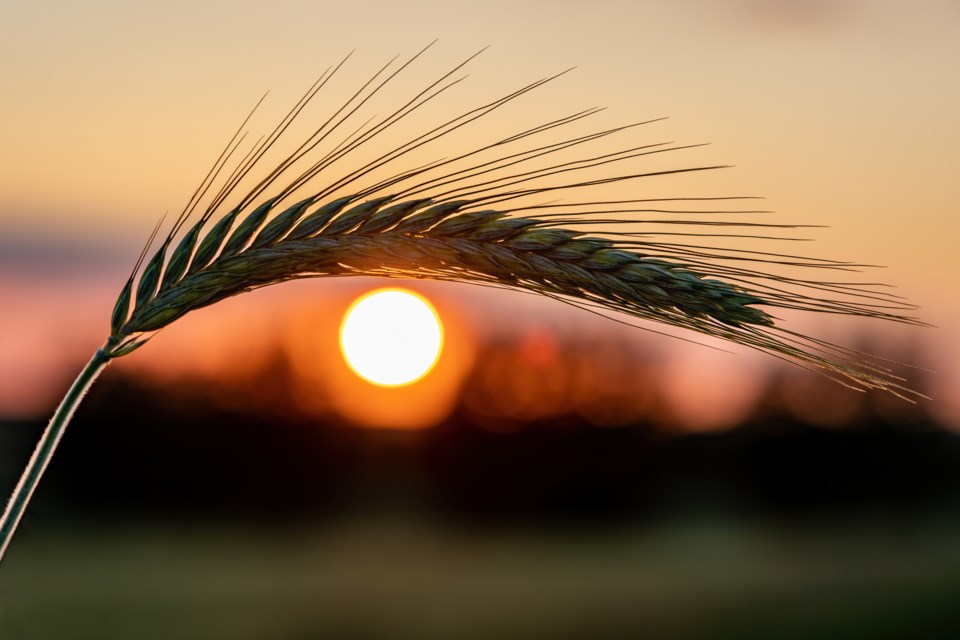ASSINIBOIA - Crops are progressing quickly in the area because of the recent warm and dry conditions, according to the crop report for the period of July 11 to 17. Scattered rain events were seen in the southwest this past week. The most recorded was 33 mm in the Old Wives area, while other areas received trace amounts or no rain at all. Topsoil moisture remains relatively unchanged this week. Cropland topsoil moisture is six per cent adequate, 49 per cent short and 45 per cent very short. Hay and pasture land is reportedly very similar; four per cent has adequate moisture, 48 per cent is short and 48 per cent is very short.
Crops are developing quickly in the southwest. Crops are now either ahead or at normal stages of development. Fall cereals are the most advanced and are equally split between being ahead of, or at normal stages of development. Spring cereals are the furthest behind in development, with four per cent of the crop behind normal stages of development.
The first cut of hay is almost complete, with 78 per cent of the first cut either baled or silaged. Only 10 per cent of the crop is still standing, while the remaining 12 per cent is cut. Overall, hay in the region is being reported as good to fair quality. Producers in the region are not anticipating a second cut this year. Depending on the type of hay, dryland hay yields are estimated to range between 0.6 (alfalfa) and 1.4 (greenfeed) tons per acre. Irrigated brome/alfalfa hay yield estimates are being reported at 3.2 tons per acre, while irrigated alfalfa has a slightly lower yield at 3.1 tons per acre. Silage yields are estimated to be 2.0 tons per acre.
Crop damage this past week is due to drought conditions and grasshoppers. Producers are expressing thoughts about using grain crops for feed this year, as well as concerns about feed shortages. Producers are busy finishing haying, scouting for grasshoppers and preparing for harvest.




